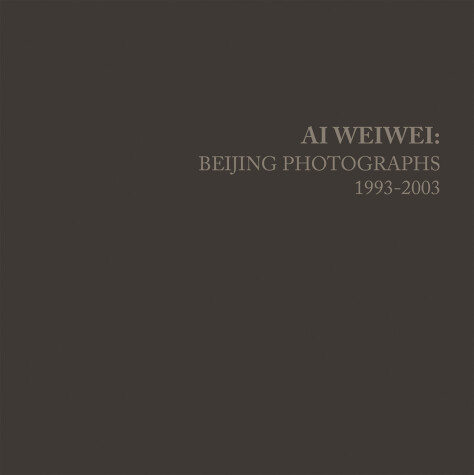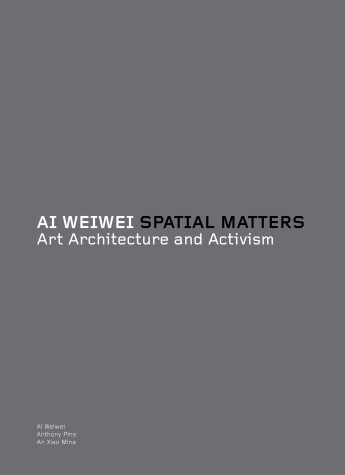The MIT Press
2 total works
Ai Weiwei: Beijing Photographs 1993–2003 is an autobiography in pictures. Ai Weiwei is China's most celebrated contemporary artist, and its most outspoken domestic critic. In April 2011, when Ai disappeared into police custody for three months, he quickly became the art world's most famous missing person. Since then, Ai Weiwei's critiques of China's repressive regime have ranged from playful photographs of his raised middle finger in front of Tiananmen Square to searing memorials to the more than 5,000 schoolchildren who died in shoddy government construction in the 2008 Sichuan earthquake. Against a backdrop of strict censorship, Ai has become a hero on social media to millions of Chinese citizens.
This book, prohibited from publication in China, offers an intimate look at Ai Weiwei's world in the years after his return from New York and preceding his imprisonment and global superstardom. The photographs capture Ai's emergence as the uniquely provocative artist that he is today. There is no more revealing portrait of Ai Weiwei's life in China than this.
The book contains more than 600 carefully sequenced images culled from an archive of more than 40,000 photographs taken by Ai: a narrative arc carefully shaped by an artist keenly aware of photography's ability to tell stories. It includes a shattering series of photographs taken between 1993 and 1996 devoted to the final illness and death of Ai's father Ai Qing. The book is a sequel to Ai Weiwei: New York 1983–1993, a privately published book that collected photographs taken by Ai during his years on the New York art scene.
Outspoken, provocative, and prolific, the artist Ai Weiwei is an international phenomenon. In recent years, he has produced an astonishingly varied body of work while continuing his role as activist, provocateur, and conscience of a nation. Ai Weiwei is under “city arrest” in Beijing after an 81-day imprisonment; he is accused of tax evasion, but many suspect he is being punished for his political activism, including his exposure of shoddy school building practices that led to the deaths of thousands of children in the 2008 Sichuan earthquake. In 2009, he was badly beaten by the police during his earthquake investigations.
Ai Weiwei's work reflects his multiple artistic identities as conceptual artist, architect, filmmaker, designer, curator, writer, and publisher. This monumental volume, developed in association with the artist, draws on the full breadth of Ai Weiwei's architectural, installation, and activist work, with a focus on his use of space. It documents a huge range of international projects with drawings, plans, and photographs of finished work. It also includes excerpts from Ai Weiwei's famous blog (shut down by Chinese authorities in 2009), in which he offers pithy and scathing commentary on the world around him. Essays by leading critics and art historians and interviews with the artist, drawing out his central concerns, accompany the 450 beautifully reproduced color illustrations of his work.

